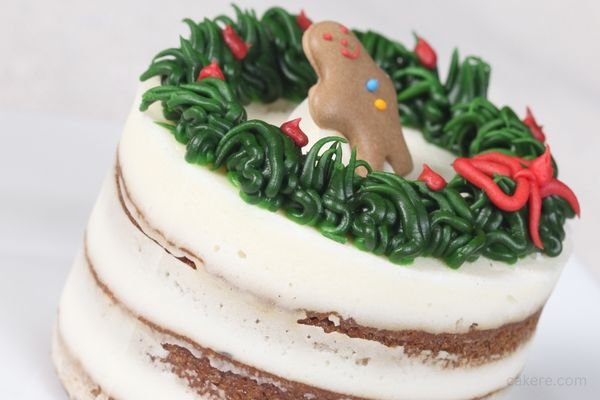Gingerbread cake is a beloved treat enjoyed around the world, particularly during the winter holidays. But where did this sweet and spicy cake originate?
And what makes it so delicious? In this article, we’ll delve into the history of gingerbread cake, exploring its origins, ingredients, and cultural significance.

The History of Gingerbread Cake: Origins and Evolution
Gingerbread cake has a long and fascinating history, with roots that can be traced back to ancient Greece and Rome. The ancient Greeks and Romans enjoyed a spiced cake called “satura” that was made with honey and spices, including ginger. The cake was often used as a digestive aid and was believed to have medicinal properties.
As trade routes opened up between Europe and Asia, gingerbread became increasingly popular in medieval Europe. The spice trade brought exotic flavors and ingredients to Europe, and gingerbread quickly became a favorite among royalty and commoners alike. In fact, Queen Elizabeth I of England is said to have enjoyed gingerbread cakes shaped like people, animals, and buildings.
In the 16th century, the first printed recipe for gingerbread appeared in England. The recipe called for breadcrumbs, ginger, and honey, and was likely a precursor to the gingerbread cake we know today. Over the centuries, gingerbread evolved to include a variety of ingredients, including molasses, brown sugar, and a variety of spices.
Ingredients and Flavor Profile
What makes gingerbread cake so delicious? The answer lies in its unique combination of spices and ingredients. Ginger is, of course, the star of the show, giving gingerbread its signature spicy flavor. Other common spices used in gingerbread include cinnamon, nutmeg, and cloves, which add warmth and depth to the cake’s flavor profile.
Molasses, honey, or brown sugar are often used as sweeteners, giving gingerbread a rich, caramel-like sweetness. Flour, eggs, and butter are typically used as the base ingredients, creating a moist and tender cake that pairs perfectly with a cup of tea or coffee.
Cultural Significance and Traditions
Gingerbread cake is more than just a delicious dessert – it’s also steeped in cultural traditions and significance. In Germany, gingerbread is known as Lebkuchen and is often shaped into hearts, stars, and other festive shapes. In Norway and Sweden, gingerbread is a popular Christmas treat, and is often decorated with icing and other sweets.
In the United States, gingerbread is a beloved holiday treat, often baked into festive shapes like houses, trees, and snowmen. Gingerbread houses, in particular, have become a popular holiday tradition, with families and friends gathering to decorate elaborate houses made of gingerbread, icing, and candy.
FAQs
Traditional gingerbread cake is not gluten-free, as it typically contains wheat flour. However, there are many gluten-free recipes available that use alternative flours, such as almond or coconut flour.
Yes, gingerbread cake can be frozen for later use. Simply wrap the cake tightly in plastic wrap or aluminum foil, then place it in an airtight container or freezer bag. To thaw, simply let the cake sit at room temperature for a few hours, or heat it in the oven on low heat.
Conclusion
The history of gingerbread cake is a fascinating tale of spice trade, cultural traditions, and culinary innovation.
